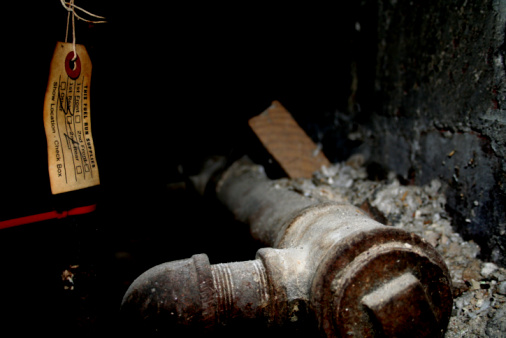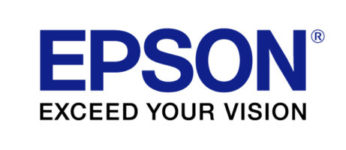Anyone working at a commercial or industrial facility knows the importance of pipe markers and labels. But, does everyone follow the right inspection techniques to keep their piping systems well maintained and safe? When it comes to ensuring the readability of pipe markers, some employers just undermine or simply overlook effective inspection procedures.
Factors like inadequate resources, insufficient time, or inappropriate knowledge can easily lead to improper pipe marking. If you have finally decided to inspect your pipe markers on a regular basis, here are a few signs that you should look for. If you notice any of the mentioned problems with your pipe markers, either get them fixed or find new markers for your piping system. After all, it is your piping system that carries everything from fresh water to chemicals, hazardous mixtures, and even dirty water.
Missing Pipe Markers
The basic rule of thumb for pipe markers is that they should be placed almost every 50 feet alongside all flanges and valves, floor penetrations and ceilings, and anywhere direction changes. Make sure to inspect your pipe markers periodically so that any missing marker can be replaced immediately.
Deteriorated Pipe Markers
Do you have damaged, broken, or partially missing pipe markers in your facility? Look closely, some of your pipe markers may be missing their corners. Corners are usually the first elements to get damaged.
Some other factors that can have a negative impact on the condition of pipe markers include excessive heat, extreme cold, and exposure to chemicals. If the pipe is frequently exposed to extremely high or low temperatures or harmful chemicals, it may get significantly damaged. Not only should you use the right temperature material for your marker, make use of specialty supplies to help them resist chemicals and perform better on oily or uneven surfaces.
Dirty Pipe Markers
Are your pipe markers often covered by grease, oil, or debris? Don’t leave these grimy spots there as they affect the legibility of pipe markers. You may even want to use alternate methods to label your piping system. For instance, hanging the right pipe marker from the pipe can minimize the potential for oil and grease to accumulate on the pipe marker.

Markers for Non-Functioning Pipes
This is one of the primary pipe marking problems that many industrial facilities deal with. A pipe is incorrectly labeled if its marker incorrectly identifies it as having specific contents or chemicals. This may not only slow down the staff’s response in case of an emergency, but also lead to serious problems.
Inspect your pipe markers properly to ensure the entire piping system is adequately labeled. Stay safe!








 Help Desk Service – Contact us Between the Hours of 7:30 – 4:00 (MST)
Help Desk Service – Contact us Between the Hours of 7:30 – 4:00 (MST)